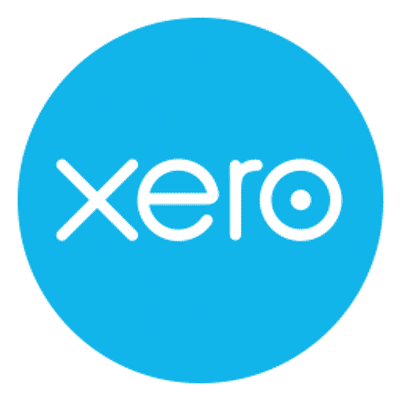LessAccounting is a Accounting Software. LessAccounting offers Accounts Payable, Accounts Receivable, Billing and Invoicing, Expense Tracking and many more functionalities.
Some top alternatives to LessAccounting includes Quickbooks, Xero, Freshbooks, easybook.io and QuickBooks Desktop Pro.
Yes, LessAccounting provides API.
No, LessAccounting doesn't provide mobile app.
LessAccounting is located in Plano, USA
LessAccounting offers Free Trial, Subscription pricing models
Yes, LessAccounting can integrate with
The starting price is not disclosed by LessAccounting. You can visit LessAccounting pricing page to get the latest pricing.
















